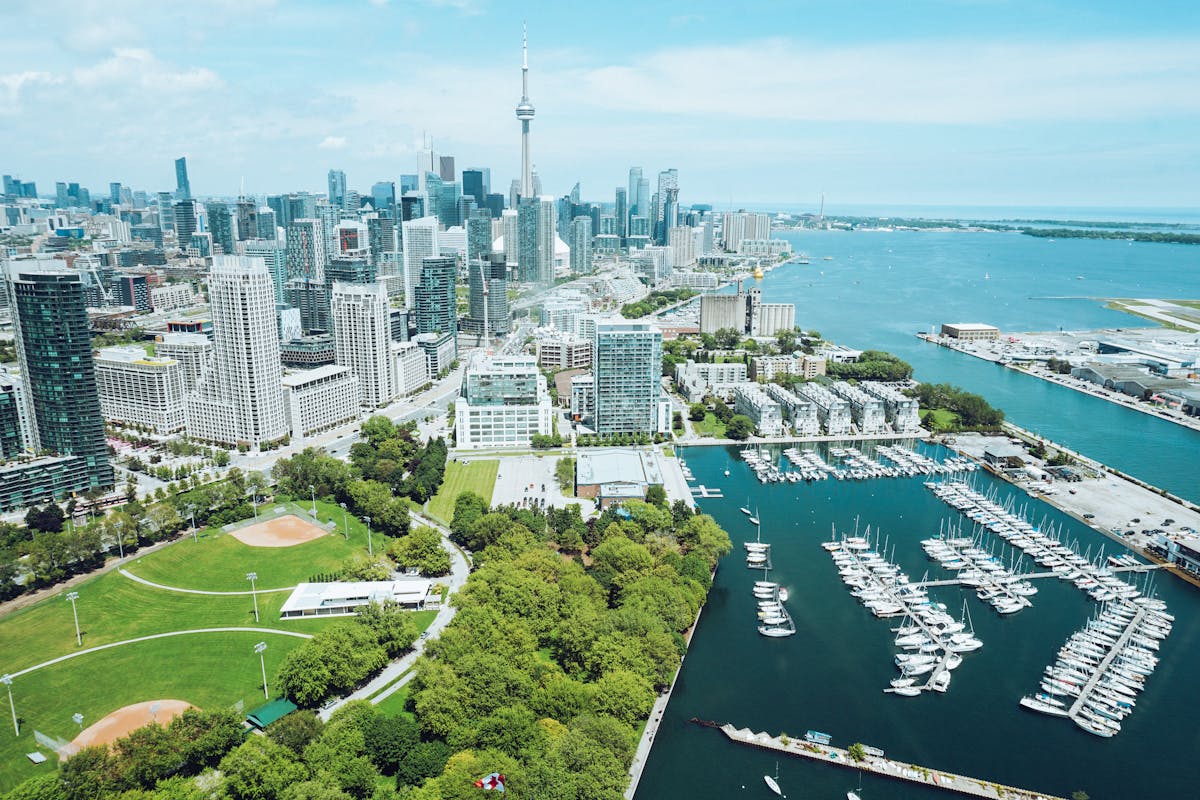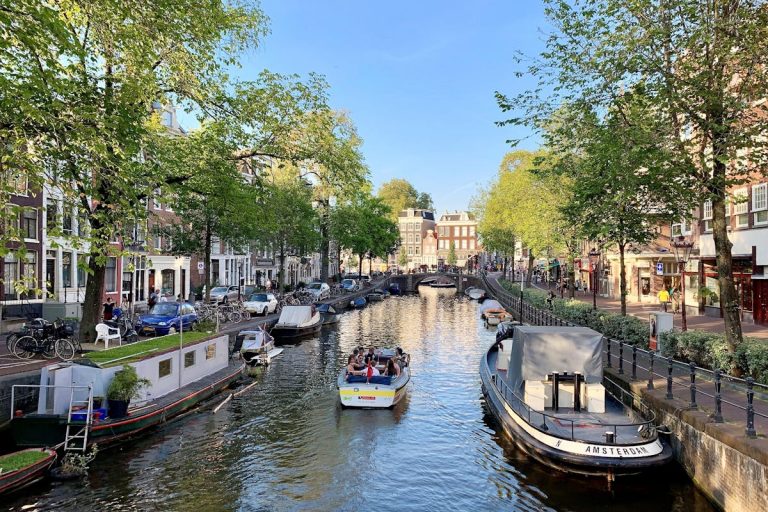- Urban development must prioritize water-friendly practices to protect and conserve water resources.
- Strong regulatory frameworks are necessary to enforce sustainable development standards.
- Policies should balance urban growth with environmental best practices.
- All stakeholders, including policymakers and communities, must collaborate for sustainable urban development.
- Protecting our waterways is crucial for creating vibrant and resilient cities.
From the bustling metropolises to the burgeoning business districts, urban development is a ceaseless force, influencing landscapes and redefining cityscapes around the globe. Yet, amidst the rush of architectural marvels and the hum of economic growth, we often overlook a critical component of our environment – our waterways. These natural arteries are the lifeblood of our ecosystems, and as cities expand, we must reevaluate our approach to urban planning to safeguard these precious resources.

The Impact of Urban Development on Waterways
Urban development has manifold effects on the health of our waterways. Unchecked growth can destroy habitats, increase pollution, and deplete water quality. Construction activities introduce sediment and pollutants to water bodies. At the same time, the proliferation of impervious surfaces like concrete and asphalt accelerates the rate and volume of storm water runoff, carrying a cocktail of pollutants ranging from oil and grease to heavy metals and fertilizers.
In addition, urbanization can degrade riparian areas—vital buffer zones that protect water bodies from land-based pollution and provide critical wildlife habitat. Any disruptions to the natural flow of water through these areas can have cascading ecological consequences, threatening the balance of aquatic life and water quality.
Strategies for Protecting Waterways in Urban Areas
Thankfully, numerous strategies are available to integrate waterway protection into our urban development plans. When skillfully applied, these methods can mitigate the risks posed by urbanization and even enhance the ecological value of waterways.
Storm Water Pollution Prevention Plan (SWPPP)
The Storm Water Pollution Prevention Plan (SWPPP) plays a pivotal role in urban development projects. This detailed document delineates optimal management strategies for controlling and reducing stormwater pollution resulting from construction activities. SWPPPs not only protect water quality but also ensure that urban projects are developed in an environmentally responsible manner.
Acquiring SWPPP certification is required for most construction projects, ensuring that developers are held accountable for implementing effective erosion and sediment control measures during construction.

Implementing Green Infrastructure
Green infrastructure, including rain gardens, green roofs, and permeable pavements, offers a natural approach to managing stormwater. By allowing rainwater to infiltrate the soil, these systems reduce the volume and velocity of runoff, filtering out pollutants and recharging groundwater.
Enforcing Pollution Control Measures
Local authorities must enforce stringent regulations to control pollution in urban waterways. Measures such as monitoring industrial discharges, promoting proper waste disposal, and mandating the use of eco-friendly construction materials play a crucial role in maintaining water quality.
Community Involvement and Education
Engaging the community in waterway protection efforts is essential. By raising awareness and educating citizens on the value of water conservation, we can foster a sense of stewardship that amplifies the impact of our sustainability initiatives.
The Role of Policy and Regulation in Waterway Protection
No discussion on waterway protection is complete without addressing the role of policy and regulation. It is through a combination of local, regional, and national laws that we can establish the frameworks needed to guide urban development in a direction that is water-friendly.
Strong regulatory frameworks should be designed to enforce compliance with sustainable development standards. Such policies must balance the needs of urban growth with the imperative to protect and conserve the integrity of water bodies. This could entail zoning laws, building codes, and development approvals that are all in alignment with environmental best practices.
Conclusion: A Call for Committed Action
Our collective future is intrinsically linked to the health of our waterways. Our urban areas must evolve in ways that are harmonious with nature, not adversarial to it. We have the knowledge and tools to make sustainable choices in urban development that can safeguard our water resources for generations to come. It is a call for action that involves not just urban planners and developers but all stakeholders of the urban ecosystem – from policymakers to the community at large.
Protecting our waterways is not just an environmental imperative; it is a testament to our ability to create urban spaces that are both vibrant and resilient. The process begins with a commitment to comprehensive planning that places the preservation of water quality and ecosystem health at its core. Only by working together can we create sustainable urban futures where the tides of development enrich rather than impoverish the tapestry of our natural world.

